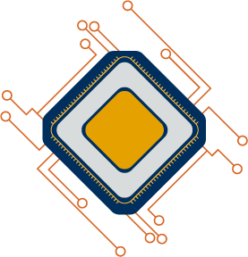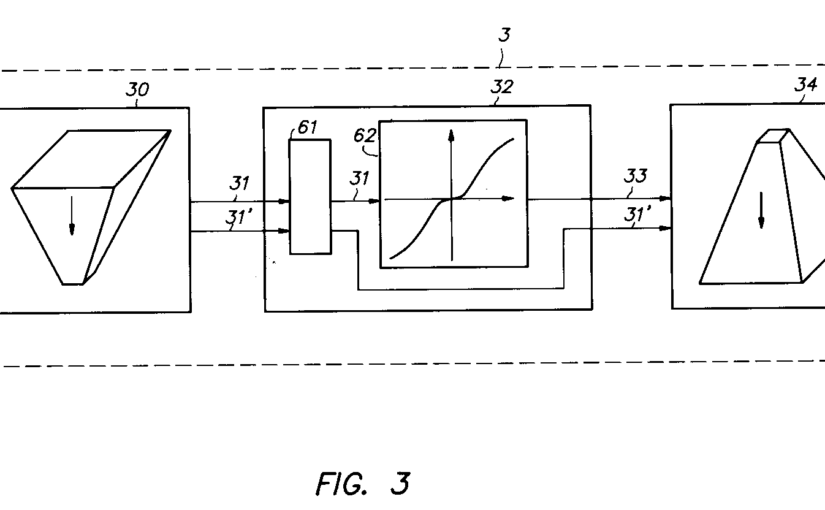In this decision, the closest prior art is a document published about 5 years before the patent. According to the patentee, no one had worked on this document during those 5 years. In this decision, therefore, the competent Board is dealing with the question of whether an ‘old’ document can be used as the closest prior art.
Object of the Invention:
- the patent concerns the problem of image contrast enhancement in a radiographic imaging system in which there is a large difference in dynamic range between the sensor and the imaging device
- this is solved by decomposing the image into multiple detail images at different resolution levels (multi-scale decomposition) and filtering some resolution levels with a non-linear conversion function
- Claim 1 differs from the closest prior art (general purpose computer) in that the non-linear conversion function is specified to be monotonically increasing, odd and to have a slope that gradually decreases with increasing argument values
Appellant (closest prior art – old document):
- D2 cannot be taken as a starting point to arrive at the invention because, it is an isolated document that no one had worked on in the five years prior to the patent
Board (closest prior art – old document):
- any document that is state of the art under Article 54(2) EPC may be a candidate for the closest prior art
- the state of the art is everything made available to the public
- the jurisprudence acknowledges, some cases where a document may not be a realistic starting point because it either relates to outdated technology, and/or is associated with such well known disadvantages that the skilled person would not even consider trying to improve on it
- in the present case, the appellant is essentially offering an additional reason for not using D2, namely that it did not receive any attention after its publication
- the Board does not judge that D2, published only five years before the priority date of the patent, in any way represents outdated technology, even in a fast moving area such as digital image processing
- concerning the status of D2 as an isolated document, the Board agrees with the respondent that there may be various unknown technical or economic reasons preventing an otherwise promising approach from being adopted rapidly after its early publication

